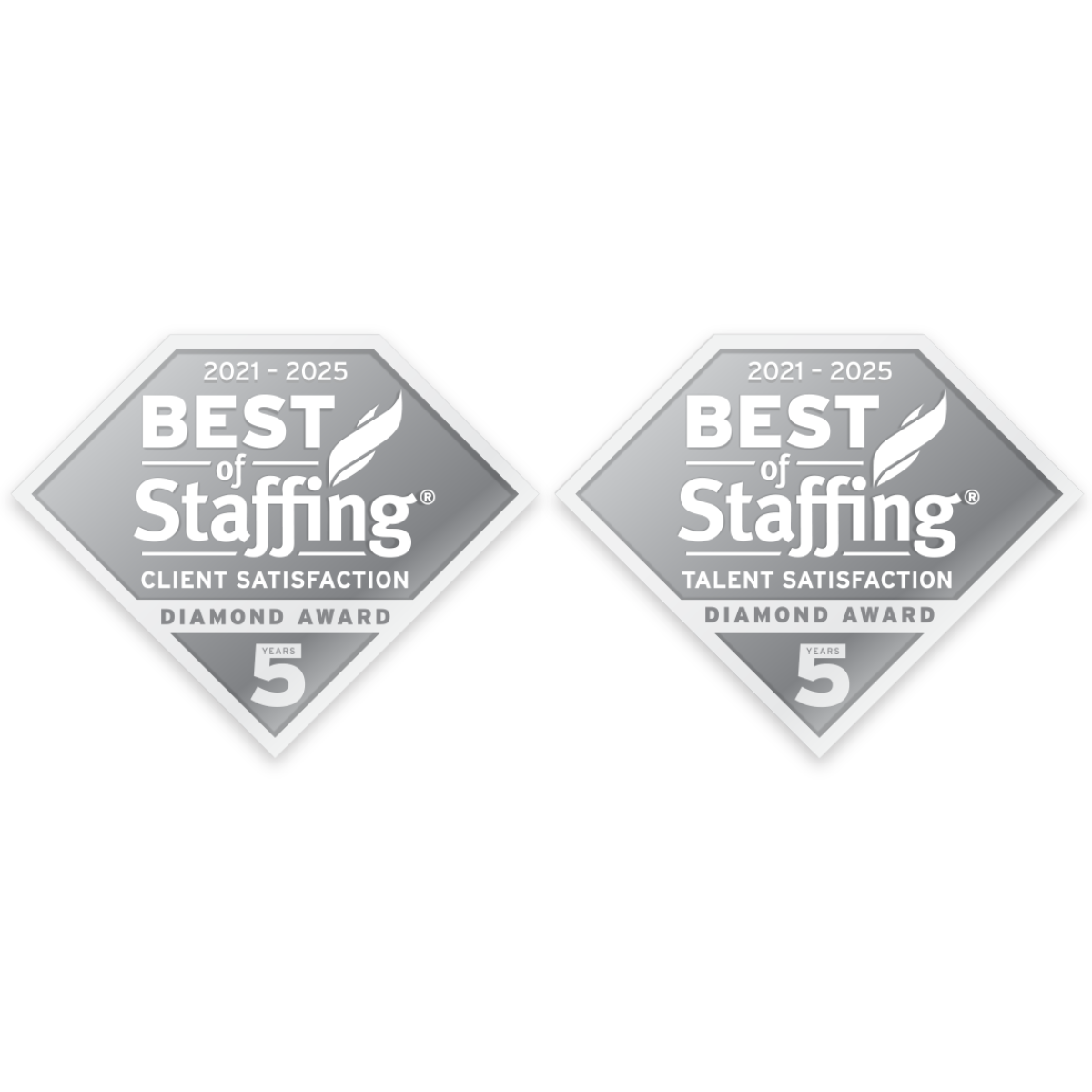In today’s world, more businesses and industries are looking for creative talent than ever before. Major tech companies, media agencies, digital publishers, and ad shops alike are no longer looking for candidates who check off all the literal job requirements, because let’s be honest, the majority of these roles are so new it would be impossible to have the direct experience necessary. In fact, they are looking for culture fits: people who can express their thoughts creatively (even if the role is not necessarily creative), are fun to work with, willing to learn, and adaptable. There has never been a better time for creatively minded people to job hunt and find work that leads in innovation, technology, design, and reach.
Your resume is no longer your way to show an employer “your receipts” from the working world. Now, resumes are your “HELLO MY NAME IS” sticker that just gets an employer to want to know your story in the first place.
Here are a few tips (and tricks) to, as mother always said, “Show, not tell.”
1. Rethink your cover letter.
Hiring managers have to sift through thousands of resumes with “this-is-why-I’d-be-a-great-fit” cover letters. Give them something fun to read! Ever fill out a cover letter and wonder to yourself, “Why am I just repeating my resume in essay form?!” Your cover letter is your opportunity to give an employer a peek into your personality.
Using elements of what makes up your day-to-day life, consider writing a succinct story, a visual equation of what makes you who you are, etc., and maybe include a quote that inspires you. Think of different ways to illustrate that you’re fit for the job by aligning your personality with the role at hand rather than directly explaining your work history. Your cover letter is the handshake that makes an employer want to know more about your experience.
2. Ditch that Word doc template.
Unless you’re applying for a job at a financial investment firm, there is no need for that resume template from 1997 (we all know which one), where you list your address and college GPA. You may as well include your Social Security number! Your resume doesn’t even need to be vertical! Is your mind blown yet? Using Keynote, Photoshop, InDesign, and other design-based software, you can visualize your experience sans bullet points, illustrating your ability to synthesize your work history in an interesting, nuanced way. (For those of you who feel less verbose in the world of design, Canva is a great free resource for you!)
Using current trends, keep your resume relevant and modern with color and anything but Times New Roman. Doing a search of how others have innovated the way they compiled their resume is helpful for inspiration. Depending on your network, it might be worth asking your friends (or other people you look up to) if you can look at their resumes for the sake of variety and to see that there are no rules as far as execution goes. With all these resources at your disposal, there’s no excuse for a plain resume.
3. Know your personal brand.
Regardless of whether it’s conscious, we are all constantly curating a brand of and for ourselves in the world of social media. We use social media to align ourselves with messaging, imagery, cultural capital, and other people, so why not do the same on your resume? In the way your most-used emojis can say a lot about you, so does the content of your resume. People can, at a glance, get a sense of who you are through micro-cues from visual and written communication.
Finding the symbiosis between your experience and your brand is key. For example, if you’re looking for a role in design or art direction, your resume should be visually and aesthetically dominant, highlighting your technical skill. If you’re applying for more of a creative strategy role, your personality (humor, thought process, storytelling abilities) should shine through using imagery and text.
4. Highlight the story you’re telling.
Similar to personal branding, your resume is just another extension of your ability to clearly illustrate your work in a way that flows for the reader. Think of different ways and formats to take the reader on your employment journey in the same way you’d describe it in person. For example, some people treat their resume like a visual map with no words or descriptions at all — just key art, color, and design elements. Others prefer to provide a restaurant-like menu of their work, letting readers get a taste of their experience with little visual hints along the way. There is no set parameter to how much or how little one should include on their resume. It’s what will make you feel most confident in the work you’ve done.
Employers want to see how all your experience has tied together in some way, even if that means highlighting what you learned from each role you’ve had rather than making a laundry list of accomplishments.
5. Always be ready to iterate.
As nebulous as it sounds, iteration is important during the creative process. Don’t get attached to one format. As trends change, as your experience changes, so update your resume visualization the same way you’d update a blog post or Facebook cover photo. It shows future employers, recruiters, and contacts that you’re evolving in your abilities to stay relevant while also expanding in your storytelling capabilities. Making your resume should be a fun and engaging process that allows you to express yourself differently.
Always remember that your resume gets you in the room. Employers are primarily focused on where you’ve worked and for how long. An in-person interview gives you the room to extrapolate on your experience, so don’t pressure yourself to fit it all in on one page.
These are just some quick and easy ways to start thinking about your job hunt differently. What are some of your suggestions for keeping it creative? Let us know in the comments!
Annie is a Creative Circle candidate and freelance creative strategist/copywriter working and living in Los Angeles. She knows digital media as well as she knows her own horoscope (she’s a Virgo), having worked at the likes of BuzzFeed and Mashable. She has created branded content strategies for the top Fortune 500 brands, which means she knows the true meaning of “going native.” If you want to work with Annie, contact Creative Circle Los Angeles.




